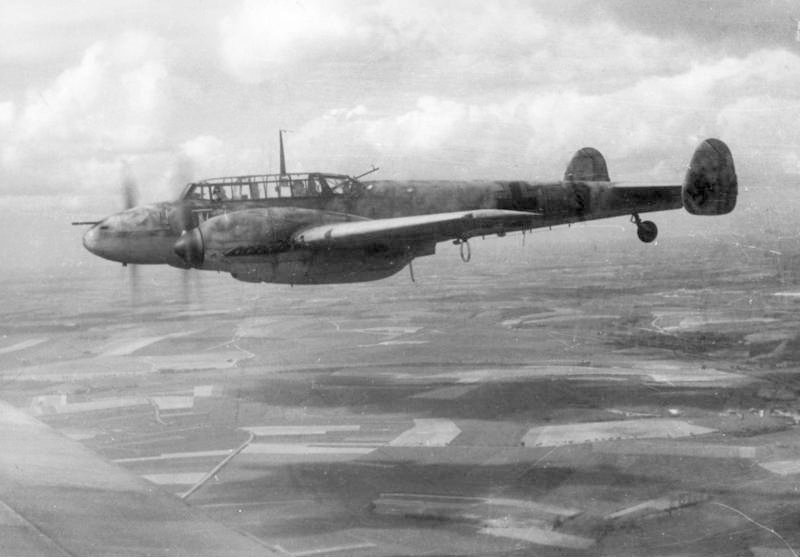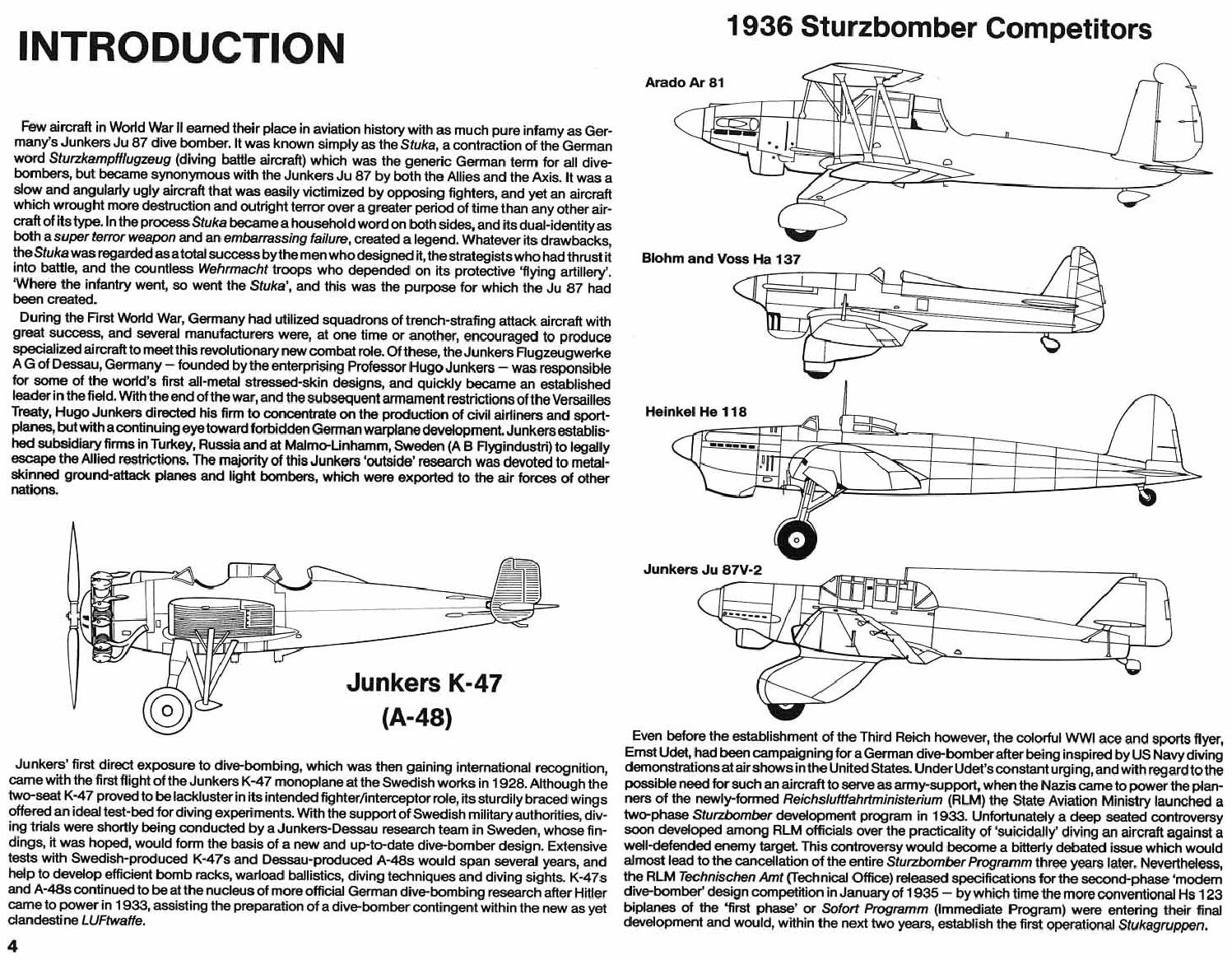Curious about two things, who succeeds Raeder? As Donitz was not qualified enough at this point in time for the position? Marshall perhaps? And what happens with Wever's heavy bomber focus?So, I have just one timeline, that I've been planning out for years, with a PoD (Raeder dies instead of Wever) that leads to a slightly better LW. I'm not sure if I'll ever actually write much of it, but I do have a bunch of details sketched out, including some LW production numbers.
Honestly, the 187 would probably fare better than the 110 in the Battle of Britain, certainly less casualties than the 110 at that. Also, is your TL FW 187 single seat or twin seat? You could certainly turn the 187 post BoB into a dedicated ground attacker, it is of similar size to the Hs 129 and there were proposals OTL to equip the plane with a 1000 kg bomb or multiple bomb racks.At one point, I spent a bunch of time researching LW aircraft and deciding which models would get built or not, and how many. I tried to balance additions and deletions to keep the amount materials used realistic. It's still work in progress (like all my work, I rarely finish things...). And actually, the thread you started a few weeks ago, @tomo pauk, about LW day fighters, helped me finally make up my mind to put the Fw 187 into production.
I see it keeping pretty closely to the LR escort fighter role, along with some long range recon, etc. Maybe something like naval patrol in the extended Kanalkampf. They weren't built for long, as the weaknesses of twin-engine fighters became clear pretty quickly. About 1200 manufactured total.
They serve fairly well in the Battle of Britain, although with lots of casualties. I'm not sure where else they'll end up fighting - somewhere on the eastern front, likely as not.
The Hs 129B was forced into production against the wishes of the Luftwaffe pilots and Henschel engineers as they lacked a dedicated ground attacker, if the 187 fills that role in this timeline you could get the much better P.76 dedicated attacker instead.




